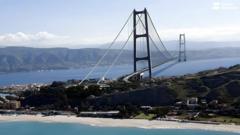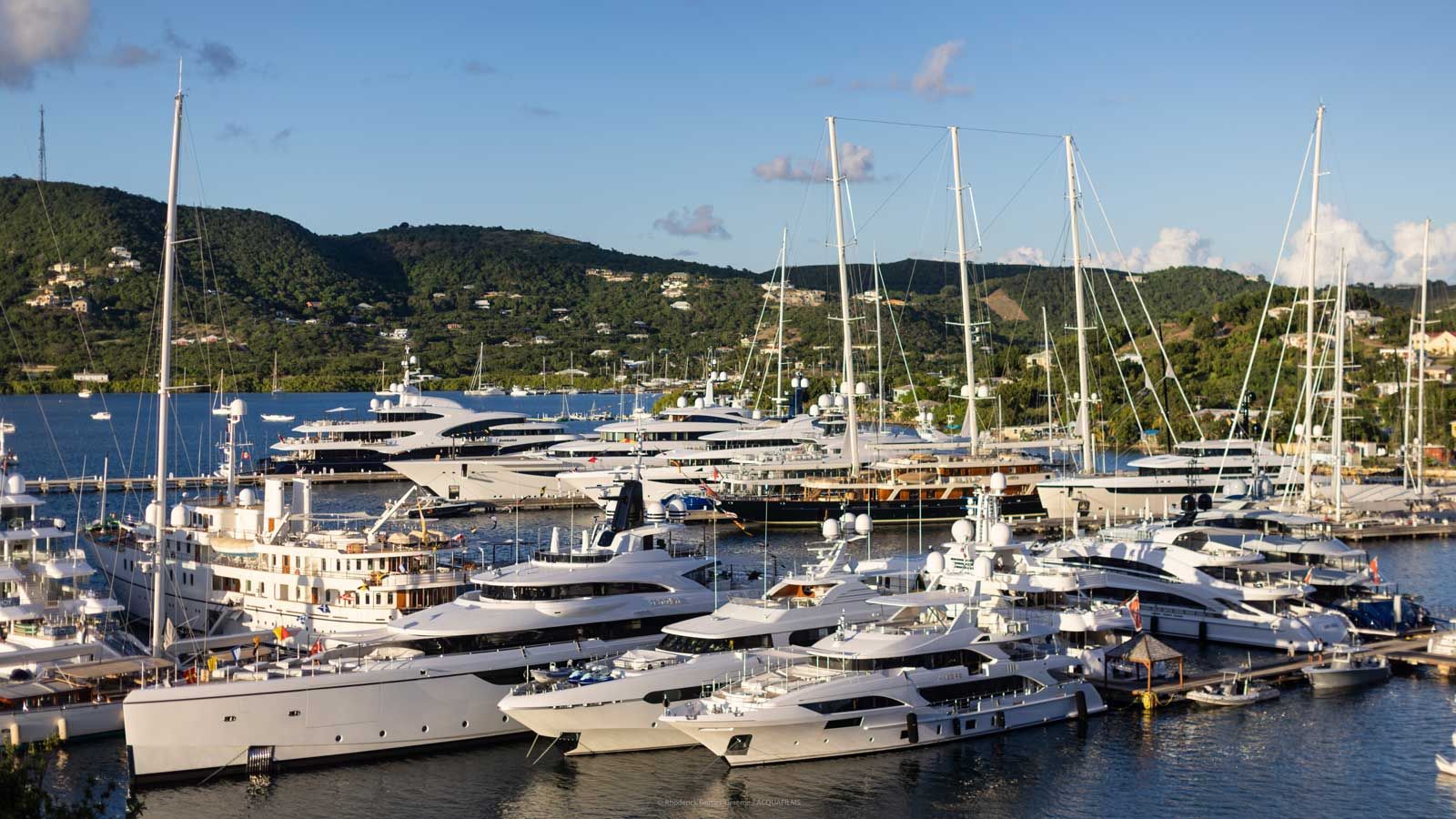The Italian government has officially approved a €13.5 billion (approximately $15.6 billion) project to build the world's longest suspension bridge, linking Sicily with Calabria, at the southern tip of Italy. Prime Minister Giorgia Meloni, recognizing the challenges, has expressed that this endeavor is a pivotal investment in the future of Italy. The bridge will stretch 3.3 km (2.05 miles) across the Messina Strait, featuring a design that can endure significant earthquakes, reflective of the region's seismic volatility.
Transport Minister Matteo Salvini anticipates that this construction project will generate around 120,000 jobs annually and stimulate economic development in two of Europe’s economically struggling regions. However, the project still requires approval from the Italian Court of Auditors and environmental agencies, which raises questions about the timeline and feasibility amidst local opposition. Despite high expectations from the government, some local politicians and residents have voiced their dissent, citing concerns about cost overruns, environmental degradation, and potential mob influence on the project’s execution. Local opposition groups are advocating for more consultations and highlighting the scarcity of water in the regions affected by the bridge construction.
As the debate unfolds, the future of the Messina Bridge remains uncertain, echoing over half a century of planning challenges and community resistance that has historically plagued this endeavor.
Transport Minister Matteo Salvini anticipates that this construction project will generate around 120,000 jobs annually and stimulate economic development in two of Europe’s economically struggling regions. However, the project still requires approval from the Italian Court of Auditors and environmental agencies, which raises questions about the timeline and feasibility amidst local opposition. Despite high expectations from the government, some local politicians and residents have voiced their dissent, citing concerns about cost overruns, environmental degradation, and potential mob influence on the project’s execution. Local opposition groups are advocating for more consultations and highlighting the scarcity of water in the regions affected by the bridge construction.
As the debate unfolds, the future of the Messina Bridge remains uncertain, echoing over half a century of planning challenges and community resistance that has historically plagued this endeavor.



















